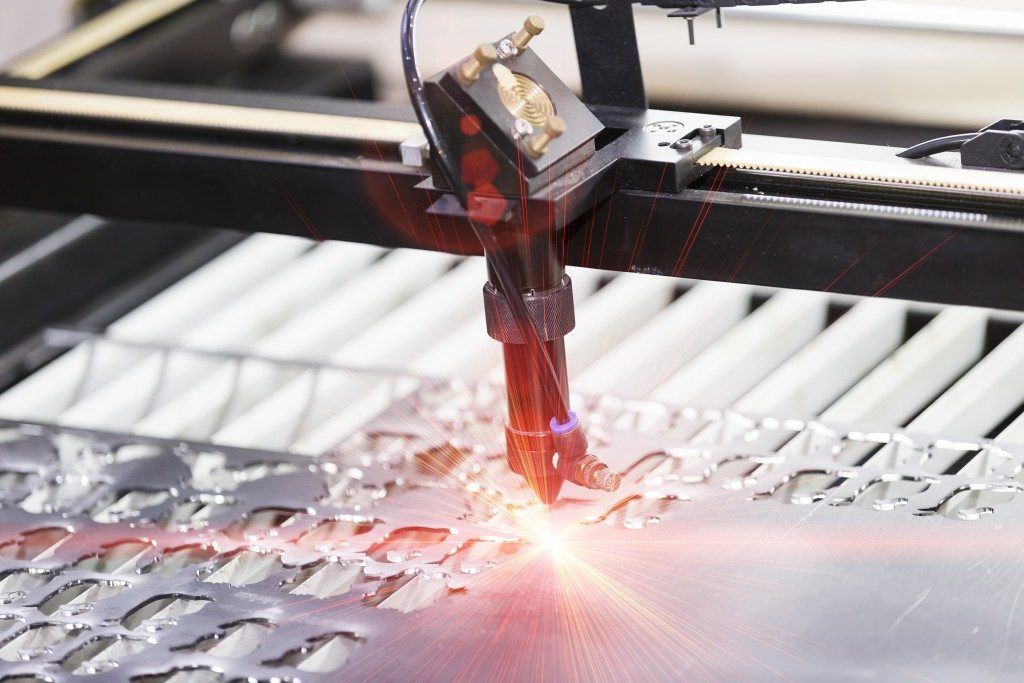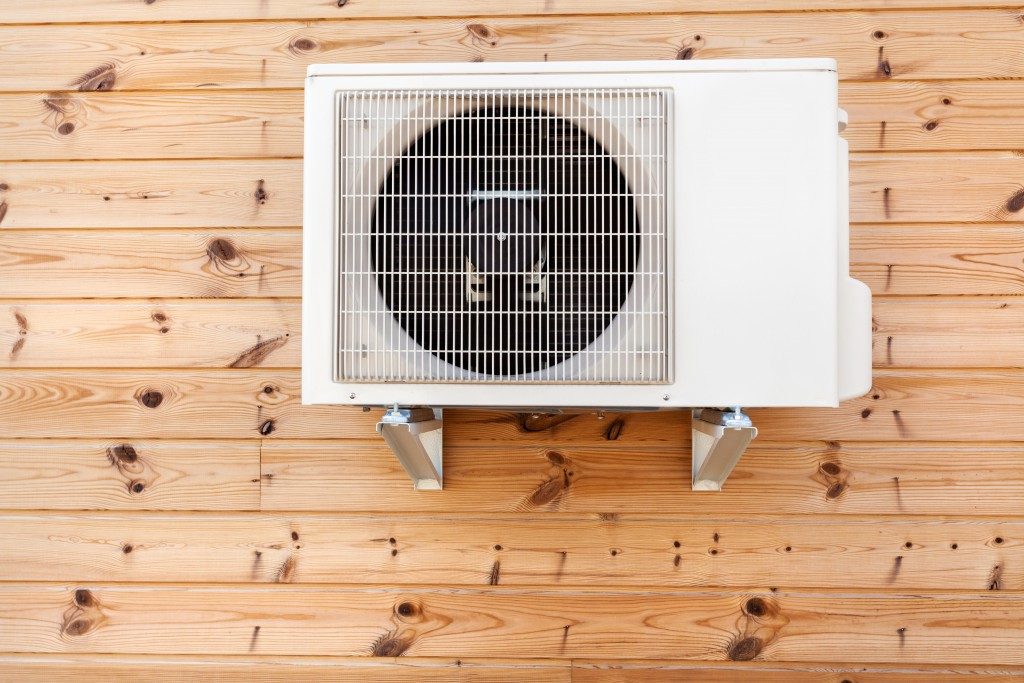In science novels, people often use lasers as weapons of destruction. In reality, lasers improve people’s eyesight, eliminate tattoos, and run CD players. In films, lasers are more expected to crash a spaceship than be a force for good. Nonetheless, these condensed beams of electromagnetic radiation can help people understand the environment, diagnose and cure illnesses, create new sources of energy, and even stop terrorism.
Lasers have light waves that are in phase with each other. They travel in one direction and ordinarily have one wavelength. First introduced by Einstein in 1917, laser technology has grown into a myriad of fields, with applications reaching nearly every aspect of society. As a result, lasers are not only part of our daily lives; they also improve our quality of life.
These days, it takes something more accurate than a hand-help tool to cut intricate shapes on sheet metal. Small holes on a wooden plank might not be possible to make with just the tools in the garage. In fact, for these and other specific and highly accurate cutting, the use of high-intensity light is the most effective go-to approach. With that in mind, this article will discuss the importance of lasers.
How do lasers cut through metal and wood?
Light Amplification by the Stimulated Emission of Radiation (LASER) is the popular name of high-intensity light with a single wavelength. A standard C02 laser cutter results in high-quality cuts in the infrared wavelength of the light spectrum. This means that the beam is invisible to the naked eye. The focused laser passes through a bore containing compressed gas as well as a particular lens or mirror that focuses the beam on the right spot. The heat density on the spot can be extreme so that the material partially or wholly vaporizes. The rapid heating causes the solid surface to burn away. Available tools use this effect to shape complex forms on metal, which by itself is difficult to cut. Aside from the CO2 lasers, there are other types used for cutting: the neodymium (Nd) and neodymium yttrium-aluminium-garnet (Nd-YAG).
What affects cut quality?

Generally, manufacturers use lasers to drill, weld, cut, and mark all kinds of materials. For instance, laser drills can create small holes in turbine blades more quickly or efficiently than mechanical ones. With that in mind, it is no surprise that laser welding is one of many techniques used for joining metals. It has high processing speeds and results in minimal wear and tear. Compared to other modern cutter, lasers cut with better edge quality. When you use laser cutters, the edges of the metal parts rarely need to be filed or polished since lasers make such clean cuts.
One of the most critical factors affecting the accuracy and quality of the cut is the distance of the nozzle from the plate. In modern laser cutters, a system controls the cutting head from the surface. As a result, there is an automatic lowering or raising of the focal point based on the demands of the design. To be accurate, the entire system must be adequately rigged and calibrated for specificity.
In the end, laser cutters are the most accurate tools available for cutting exquisite designs on thin wood, acrylic, and metal sheets. They produce precise cuts with minimal shavings. These tools come in different sizes for high-precision engravings.




